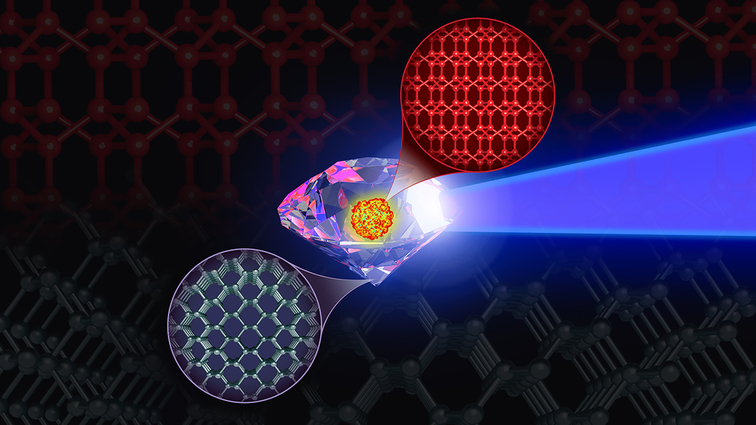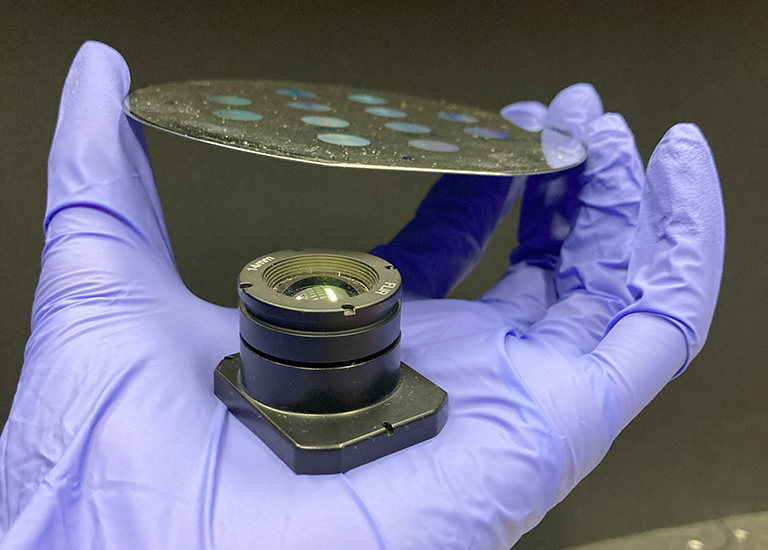Researchers at the University of Maryland (UMD) have developed a miniaturized analyzer for NASA space missions as part of the study. Researchers foresee that their device could revolutionize the way distant moons and planets are investigated for signs of life.
Since the analytical tools required for space missions need to be small, use less energy, and be very accurate. UMD researchers specifically tailored to the needs of NASA space missions.
In comparison to its predecessors, the mini laser-sourced analyzer developed is considerably smaller and more resource efficient. However, it is equally efficient in analyzing planetary material samples and potential biological activity onsite.
The weight of the instrument is about 17 pounds (7.7 kg). It is a scaled-down version of two vital tools for finding signs of life and classifying the composition of the materials. The pulsed ultraviolet laser removes fine material from a planetary sample and an Orbitrap analyzer gives high-resolution information about the chemistry of the assessed materials.
“The Orbitrap was originally built for commercial use,” explained Ricardo Arevalo, lead author of the paper. “You can find them in the labs of pharmaceutical, medical and proteomic industries. The one in my own lab is just under 400 pounds, so they’re quite large, and it took us eight years to make a prototype that could be used efficiently in space—significantly smaller and less resource-intensive, but still capable of cutting-edge science.”
For developing a smaller device, researchers combined the original Orbitrap with laser desorption mass spectrometry (LDMS)
“The good thing about a laser source is that anything that can be ionized can be analyzed. If we shoot our laser beam at an ice sample, we should be able to characterize the composition of the ice and see biosignatures in it,” Arevalo said. “This tool has such a high mass resolution and accuracy that any molecular or chemical structures in a sample become much more identifiable.”







